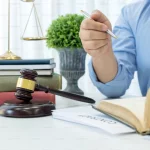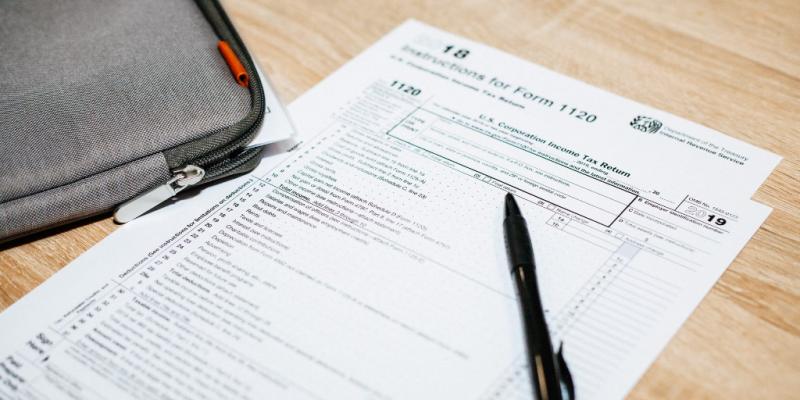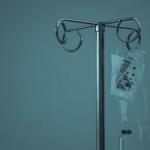What If the Other Driver Was Uninsured? Your Legal Options
Car accidents are stressful under any circumstances, but the situation becomes even more complicated when you discover that the other driver is uninsured. While most states require drivers to carry auto insurance, many people ignore this obligation, leaving responsible drivers to deal with the aftermath. According to the Insurance Research Council, approximately one in eight drivers in the United States is uninsured.
If you’ve been involved in an accident with an uninsured driver, you may wonder: Who pays for the damages? Can you still recover compensation? The good news is that you do have options. This blog explores the steps to take, your legal options, and how to protect yourself from financial hardship after an accident with an uninsured driver.
1. Stay Calm and Follow Standard Accident Procedures
Even if the other driver lacks insurance, the immediate steps after a crash remain the same:
- Check for injuries: Call 911 if anyone is hurt.
- Move to a safe location: If possible, move vehicles out of traffic to prevent further collisions.
- Call the police: A police report is crucial, especially when dealing with uninsured motorists.
- Exchange information: Obtain the other driver’s name, contact details, driver’s license number, and license plate information—even if they don’t have insurance.
- Document the scene: Take photos of vehicle damage, road conditions, traffic signs, and any visible injuries.
- Collect witness information: Get names and contact information from anyone who saw the accident.
Tip: Stay calm and avoid confrontations. Even if the other driver is apologetic or defensive, focus on gathering the necessary information.
2. Contact Your Insurance Company Promptly
After the accident, report the incident to your insurance provider as soon as possible. Provide all the details, including the police report number and evidence you collected at the scene.
Why reporting is important:
- Some policies have strict deadlines for reporting accidents.
- Prompt reporting ensures a faster claims process.
- Your insurer can advise you on how your coverage applies to the situation.
3. Understanding Your Insurance Coverage Options
When the at-fault driver is uninsured, you may need to rely on your own insurance to cover damages. Here are the primary types of coverage that can help:
a) Uninsured Motorist Coverage (UM)
Uninsured Motorist (UM) coverage is designed specifically for situations where the at-fault driver has no insurance.
- Covers: Medical expenses, lost wages, and pain and suffering.
- Property damage: In some states, UM also covers vehicle repairs.
Important: UM coverage is optional in some states but mandatory in others. Check your policy to see if you’re covered.
b) Underinsured Motorist Coverage (UIM)
If the other driver has minimal insurance that doesn’t cover all your expenses, Underinsured Motorist (UIM) coverage can help fill the gap.
- Covers costs exceeding the at-fault driver’s policy limits.
- Applies to both medical expenses and property damage (depending on your policy).
c) Collision Coverage
If you don’t have UM coverage, your collision coverage may cover the cost of repairing your vehicle, regardless of fault.
- Pays for vehicle repairs or replacement.
- Typically requires paying a deductible.
d) Personal Injury Protection (PIP) or Medical Payments (MedPay)
- PIP: Covers medical expenses, lost wages, and certain other costs, regardless of fault.
- MedPay: Covers medical expenses but doesn’t include lost wages or other costs.
Tip: PIP is mandatory in some states with no-fault insurance laws.
4. Can You Sue the Uninsured Driver?
Yes, you can file a lawsuit against the uninsured driver to recover damages. However, consider the following:
Pros of Suing the Driver:
- Potential to recover compensation for medical bills, vehicle repairs, lost wages, and pain and suffering.
- Holds the at-fault driver accountable.
Challenges of Suing an Uninsured Driver:
- Many uninsured drivers lack assets, making it difficult to collect even if you win.
- Legal proceedings can be time-consuming and costly.
Tip: An experienced Charleston car wreck lawyer can assess whether suing is worth pursuing based on the driver’s financial situation.
5. Filing a Claim Through State Victim Compensation Programs
Some states offer victim compensation funds or programs for victims of uninsured or hit-and-run drivers. While not available everywhere, these programs can provide financial assistance for medical expenses and other losses.
Check with your state’s Department of Motor Vehicles (DMV) or insurance department to learn about available options.
6. What if the Accident Was a Hit-and-Run?
If the at-fault driver flees the scene, it’s treated similarly to an uninsured motorist case. Here’s what to do:
- Report the hit-and-run to the police immediately.
- Gather any evidence: Photos of damage, witness accounts, and details about the fleeing vehicle.
- File a claim under your UM coverage (if applicable).
7. How an Attorney Can Help With Uninsured Driver Claims
Navigating the aftermath of an accident with an uninsured driver can be complicated. Hiring an experienced personal injury attorney can provide several benefits:
- Investigating the accident to gather evidence.
- Negotiating with your insurance company to ensure a fair settlement.
- Exploring legal options to recover compensation.
- Handling paperwork and meeting deadlines.
Most personal injury attorneys offer free consultations and work on a contingency fee basis—you pay nothing unless they win your case.
8. How to Protect Yourself from Uninsured Drivers in the Future
While you can’t control other drivers’ actions, you can take steps to protect yourself:
- Add UM/UIM coverage to your policy: It’s often affordable and provides valuable protection.
- Consider collision coverage: Especially if you don’t already have it.
- Stay vigilant: Drive defensively and be aware of your surroundings.
- Review your insurance annually: Ensure you have adequate coverage.
9. Common Mistakes to Avoid After an Accident With an Uninsured Driver
- Not calling the police: A police report is crucial for claims and legal action.
- Accepting cash at the scene: The other driver may try to pay you off, but this can backfire if damages or injuries surface later.
- Delaying medical treatment: Injuries may not show immediately—get checked out promptly.
- Talking too much to the other driver’s insurer: If they contact you, be cautious and consult your attorney first.
- Missing claim deadlines: Insurance companies often have strict timeframes for filing claims.
Dealing with an uninsured driver after an accident can be frustrating and overwhelming, but you do have options to recover compensation for your damages. Whether through your own insurance coverage, legal action, or state programs, it’s crucial to act promptly and strategically.
- Report the accident to the police and your insurer.
- Gather as much evidence as possible.
- Consult a personal injury attorney to explore your best legal options.
If you’ve been hit by an uninsured driver, don’t let financial worries add to the stress. Reach out to an experienced attorney who can guide you through the process and help you secure the compensation you deserve.
More to Read:
Previous Posts:







